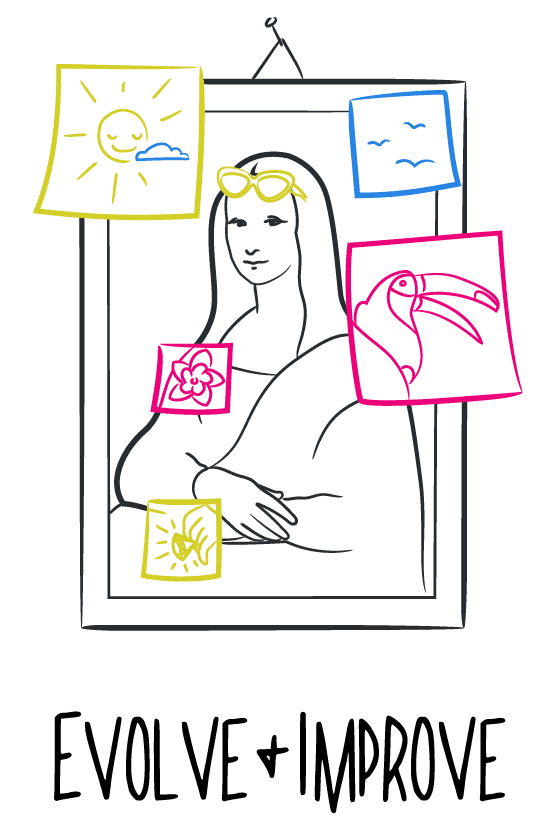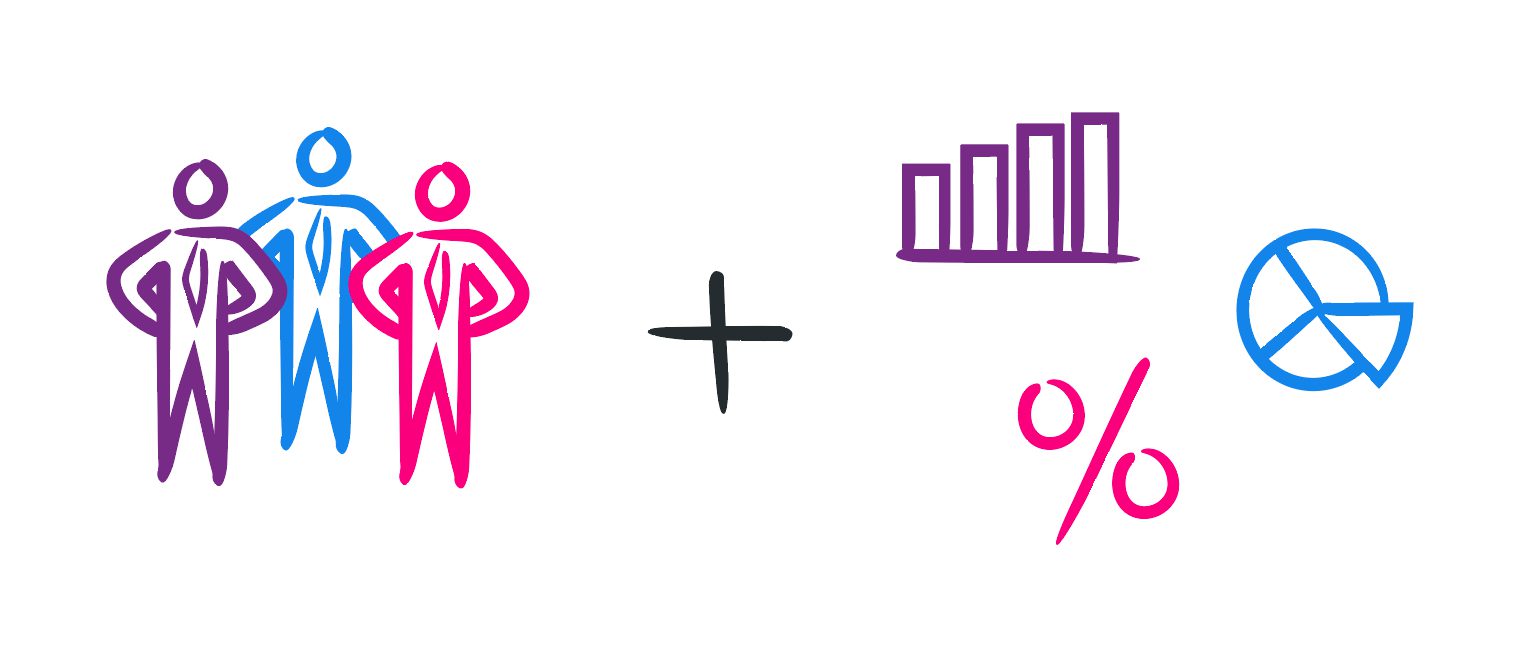We’re better off with design thinking
Tuesday, August 27, 2024
Working in digital design for well over 20 years, specifically with human-centered design agencies for the most part since 2006, I’ve had my fair share of experience with designers, strategists, and engineers who used design thinking to lead their work. Design thinking and human-centered design are interconnected creative tools to solve problems. There’s been plenty written about both over the years, and I’ve seen a tremendous amount of work delivered that has delighted clients, their customers, and the public due to design thinking-led projects.
Comparatively, the “old school” approach is one where business leaders develop a concept but don’t vet it with those who will put it to use. It goes something like this: a business leader has a neat idea or is trying to predict a need, so they put in the request. A requirements doc gets generated, and a team builds It. Then, It goes out into the market; It has little or no appeal to the chosen audience, and It eventually gets canned. Poor It!
Design thinking 101
Generally speaking, design thinking is a methodology that uses five stages to solve complex problems, be it product, service, or both … you name it. Those five stages are:

It’s a practice, a framework, and a methodology that centers the end user, the person the product or service will most impact.
Over-hyped?
The last few years have been an interesting time for design thinking. You may have come across some of the blowback. Most of the Fortune 500 companies today still actively utilize design thinking, yet there’s been a shift in its influence, particularly in tech. Is this wagging of the finger at design thinking a trend? It’s not clear to me yet. I know that the investment in design thinking as a driver for innovation was not implemented on a whim but an intentional strategy. I know, having spent the past two decades building up internal design teams, practices, and design-specific operations, organizations that invested in design greatly benefited.
As it usually plays out in our society, criticism inevitably trickles in when something is deemed a shiny object and demonstrates new, outside-the-box ways of doing things. Rather than criticize the merits of design thinking, let’s lean into how it evolves.
Design thinking is a practice, not a solution

At Territory, this idea—one of continuous evolution and improvement—is one of our key tenets. Click here to learn more about our ways of working.
Like almost everything else out there, design thinking is not infallible. It doesn’t solve for everything. Design thinking has markedly improved how products are developed and built, internal processes are implemented, and it can definitely drive better business outcomes. But design thinking is also a complex practice that must be learned, practiced—and refined—over time to garner results. The whole point of design thinking is to explore multiple perspectives to validate an idea. It’s not the solution to the idea.
Not all design thinking projects have produced fantastic ROI, and that’s OK because, for every 100 ideas, a couple may result in something innovative and transformative that actually makes it to market. Part of design thinking is involving more people, creating more ideas, not relying on one concept to make or break a company.
The good news
Humans have spent the last century getting a lot better at research, data gathering (i.e., the “quant” stuff) and meshing it with design thinking-led work (i.e., “qual” stuff). But this doesn’t mean the downfall of design thinking; it means layering data and research with design thinking practices leads to better business decisions and outcomes.
Since joining Territory as our new business development lead a few months ago, I’ve been in dozens of conversations with business leaders, design practitioners, and others. The consensus: teams that bring diverse skills to quantitative and qualitative work lead to the best product and service outcomes. You could say design thinking is the qualitative to data’s quantitative. Arguing one over the other is a better play is totally ineffective. You do both together.

Serving business well
At Territory, we’re consistently employing design thinking to solve business challenges, from go-to-market strategies to enterprise-scale digital transformation projects. We infuse quantitative research with a qualitative mindset. Our expertise in storytelling to build leadership buy-in has positively impacted dozens of clients over the years.
So, a quick recap, dear reader, when you’re considering dipping your toes into the design thinking community pool:
- Design thinking is a methodology. A practice. It’s not a solution.
- Innovation requires quantitative with qualitative. Design thinking is the qualitative.
- Leadership teams should embrace how design thinking can drive ideas, team collaboration, and a workplace culture filled with curiosity.
- Center the customer, the user, and the community being impacted first.
This is an important topic, and I welcome your thoughts!
Click here to find some time with me to discuss further.


